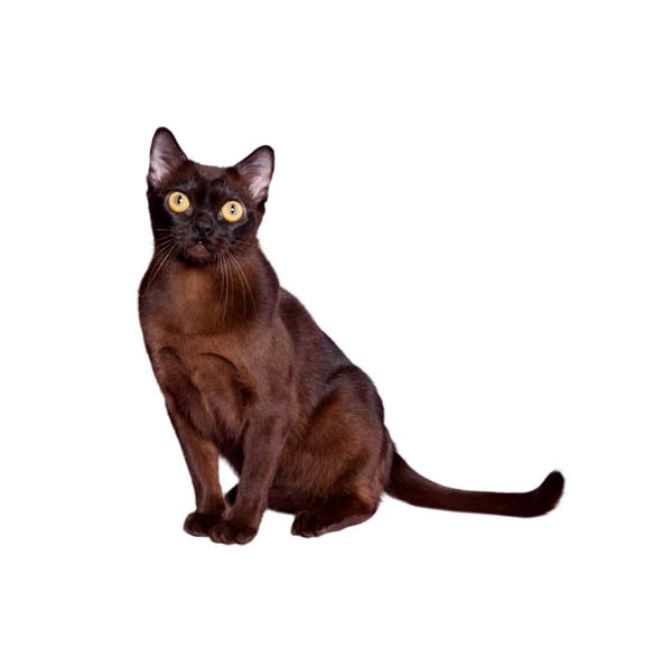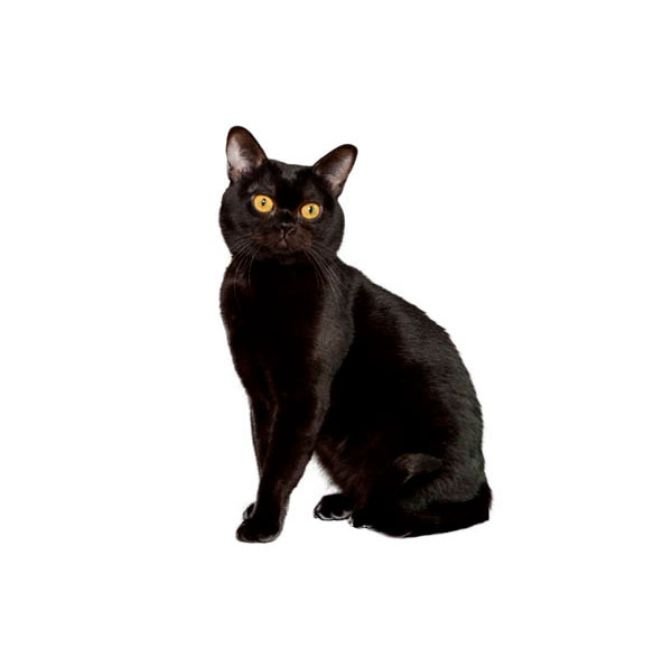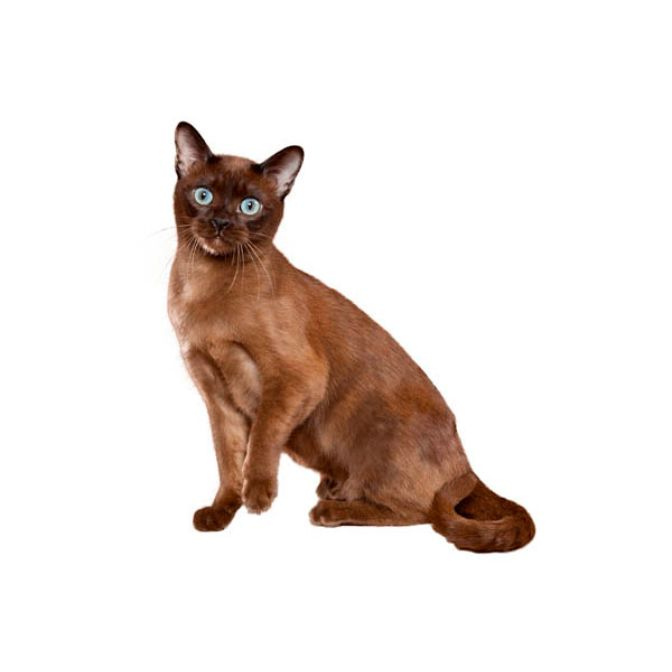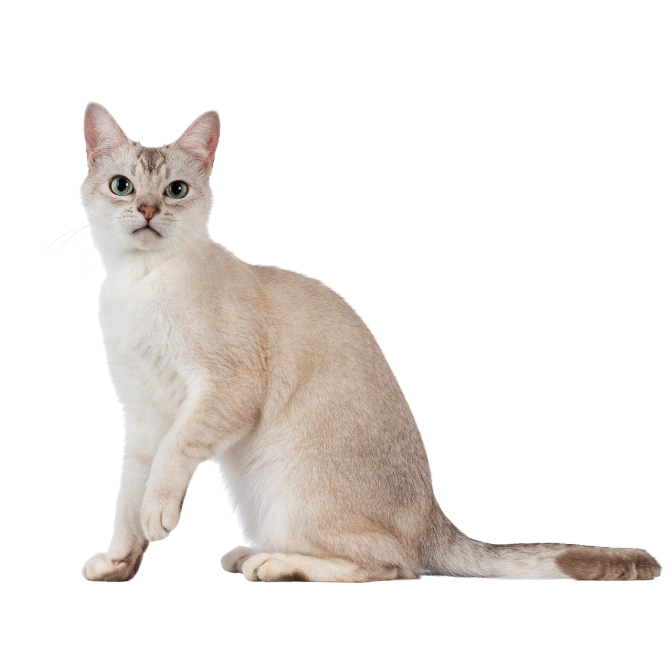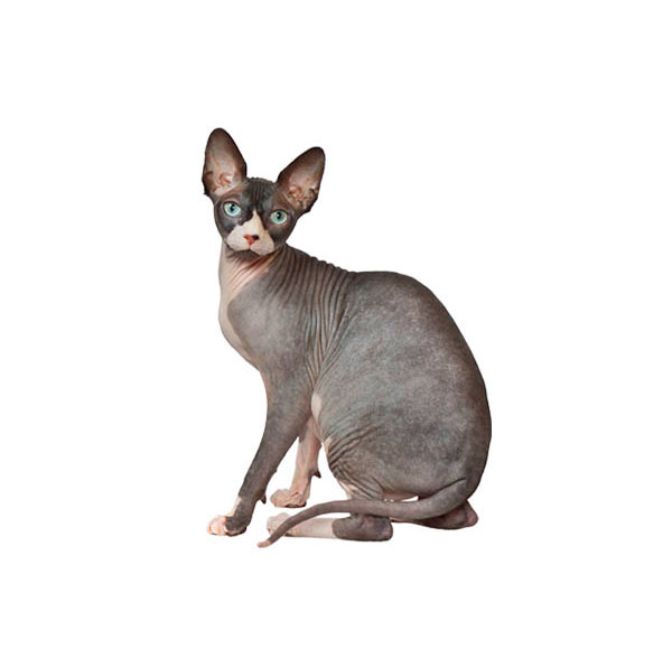Burmese
The Burmese cat breed originated in Southeast Asia, specifically from a breed known as the "Wong Mau," which was brought to the United States in the 1930s. In Australia, Burmese cats have gained popularity due to their affectionate nature and striking appearance. They are recognized for their playful demeanor and strong bond with their human companions.
Medium
Short
High
Males: 4.5 to 6.3 kg and females: 3.2 to 4.5 kg
Sable, champagne, blue, platinum
Burmese cats are known for their friendly and social temperament. They are affectionate, often seeking human interaction and companionship. These cats are playful and enjoy engaging in activities with their owners. Their sociable nature makes them suitable for families and individuals alike.
The Burmese cat is a medium-sized breed with a muscular build and a rounded head, making it an attractive option for cat lovers. Their short, glossy coat lies close to the body, giving them a sleek appearance that is easy to maintain. Their large, expressive eyes are typically round, contributing to their charming look and captivating presence. Burmese cats are known for their playful antics, curiosity, and affectionate nature, making them ideal companions for families and individuals alike.
The average lifespan of a Burmese cat ranges from 12 to 16 years, although some may live longer with proper care. Regular veterinary check-ups, a balanced diet, and a safe environment contribute to their longevity.
Burmese cats come in a variety of colors, including sable, champagne, blue, and lilac. Their coat colors are solid and rich, with a unique warmth that sets them apart from other breeds. The color of a Burmese kitten can change as it matures, often becoming darker.
Burmese cats are known for their low shedding, making them an ideal choice for allergy sufferers and those seeking a cleaner home environment. Their short coat requires minimal grooming, which is perfect for busy pet owners looking for low-maintenance pets. Regular brushing can help reduce loose hair and keep their coat shiny, healthy, and well-groomed. This breed's easy-care coat contributes to a hassle-free pet ownership experience, enhancing their appeal among cat lovers.
Burmese cats are generally healthy, but they can be prone to certain genetic conditions such as hip dysplasia and respiratory issues. Regular veterinary care and a healthy diet are essential to monitor and maintain their health.
A balanced diet is crucial for Burmese cats. High-quality cat food that meets their nutritional needs will help maintain their health. Consult a veterinarian for recommendations on the best diet for your Burmese kitten or adult cat.
The Burmese breed has a rich history, with roots tracing back to ancient Southeast Asia. The breed was developed in the United States in the 1930s and has since become popular worldwide, including in Australia.
Burmese cats are known for their vocal nature, often "talking" to their owners. They thrive on human interaction and can become quite attached to their families. Their playful and affectionate behavior makes them a beloved choice among cat enthusiasts.
